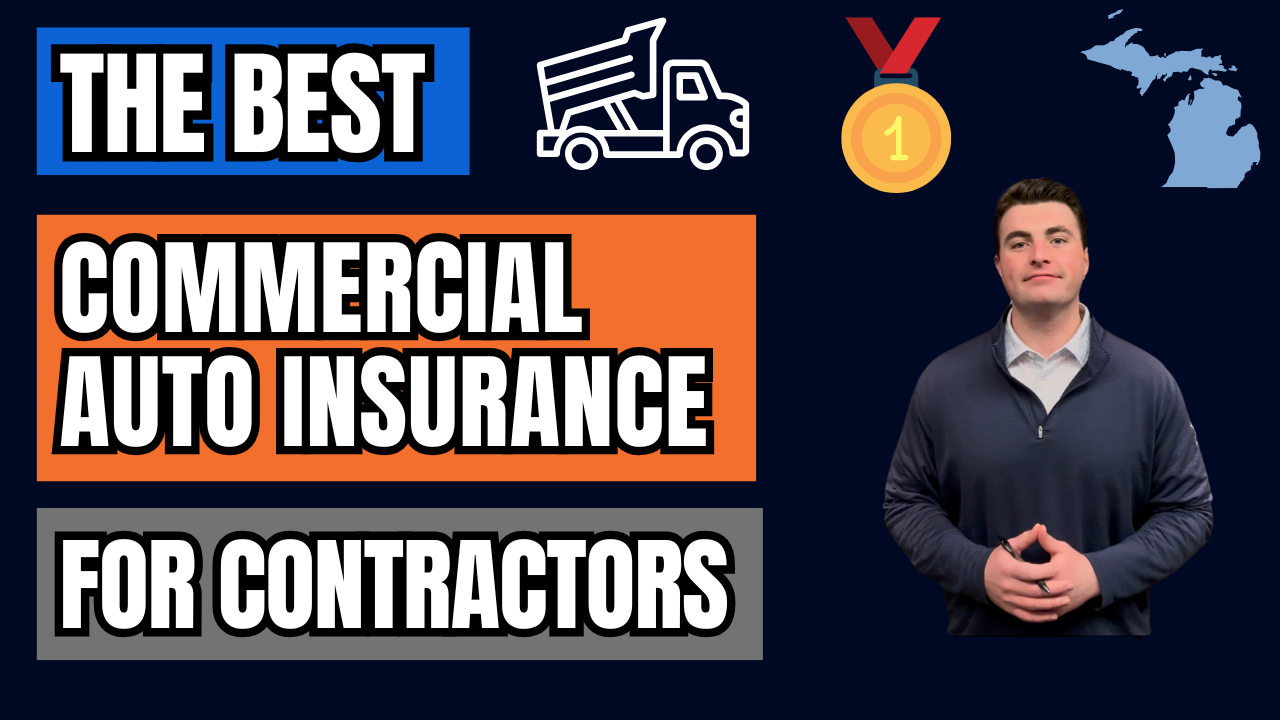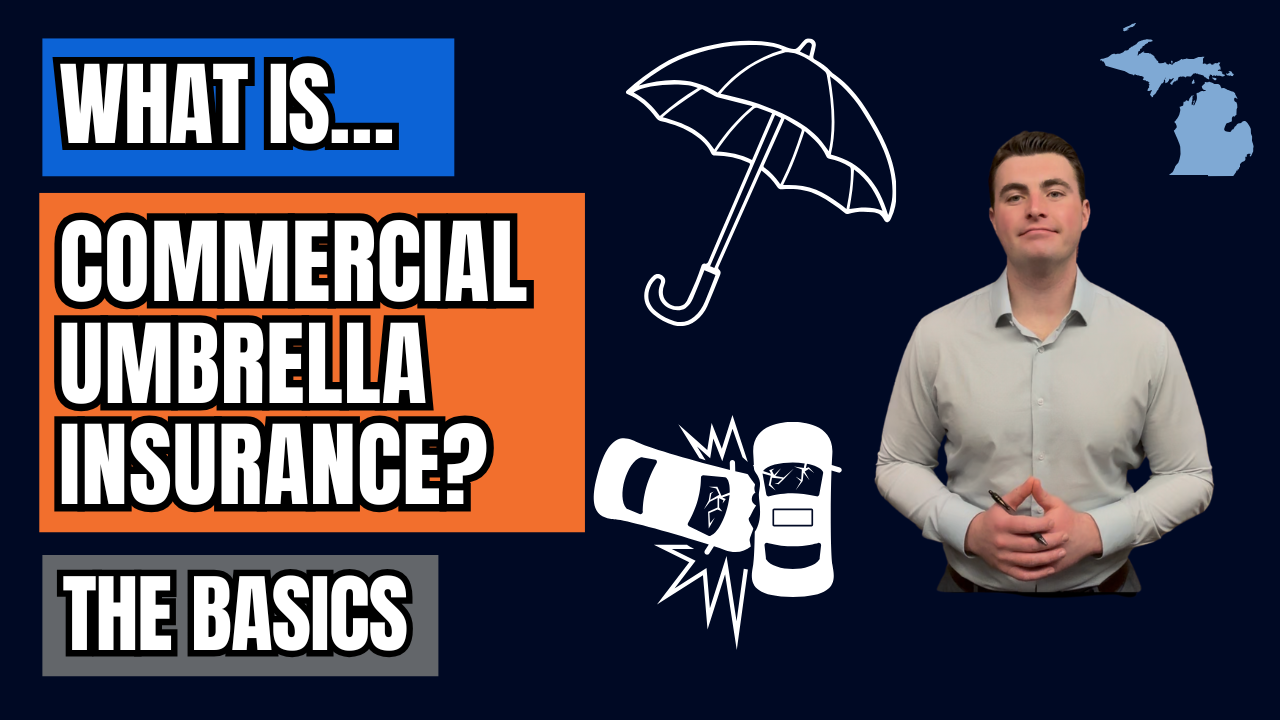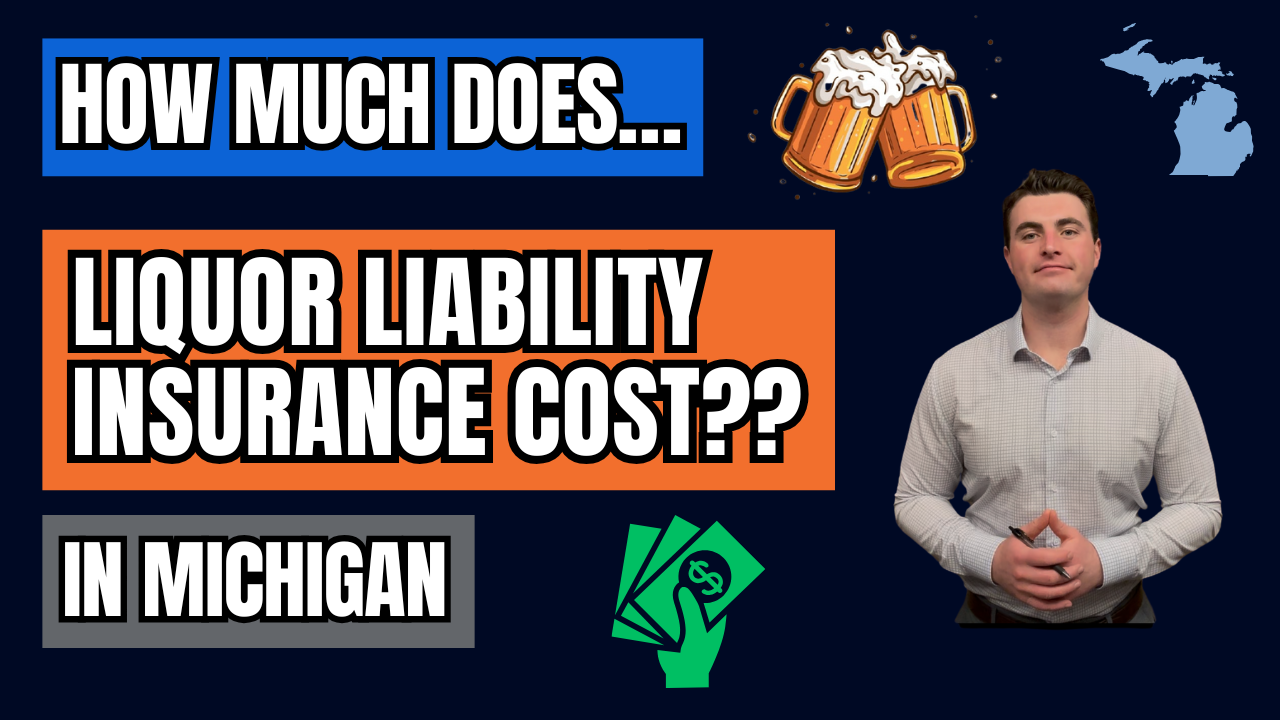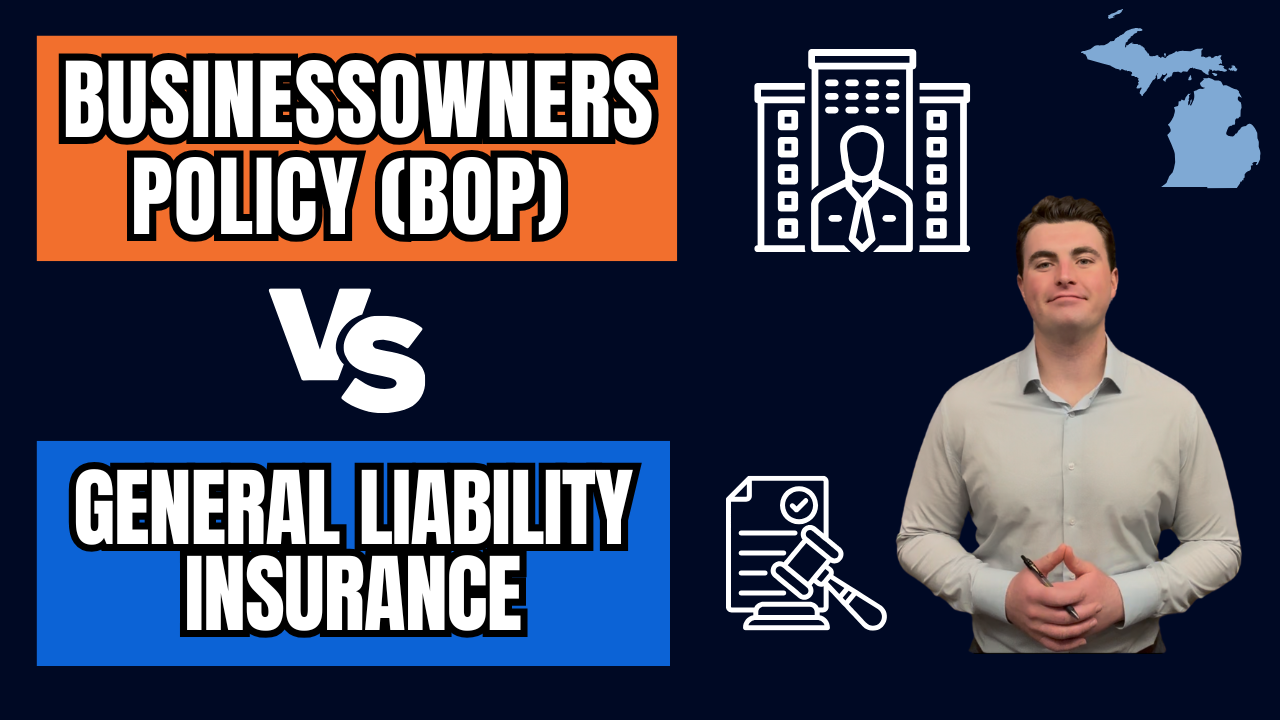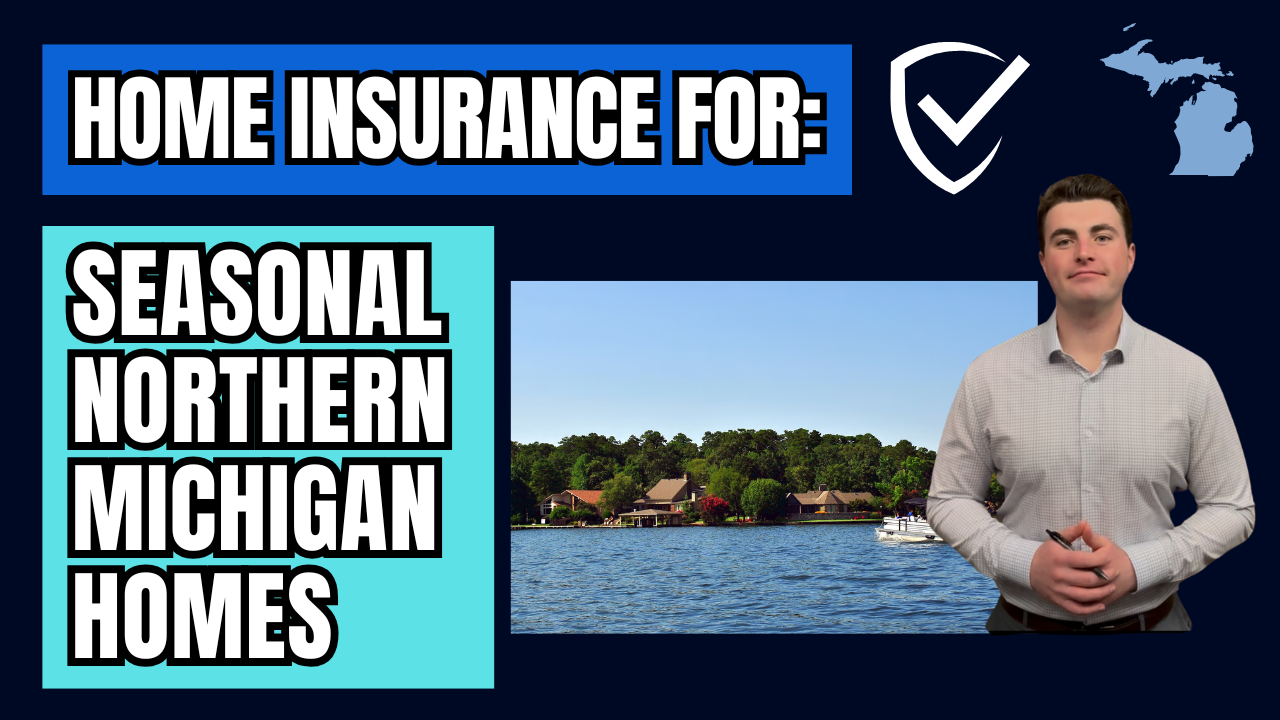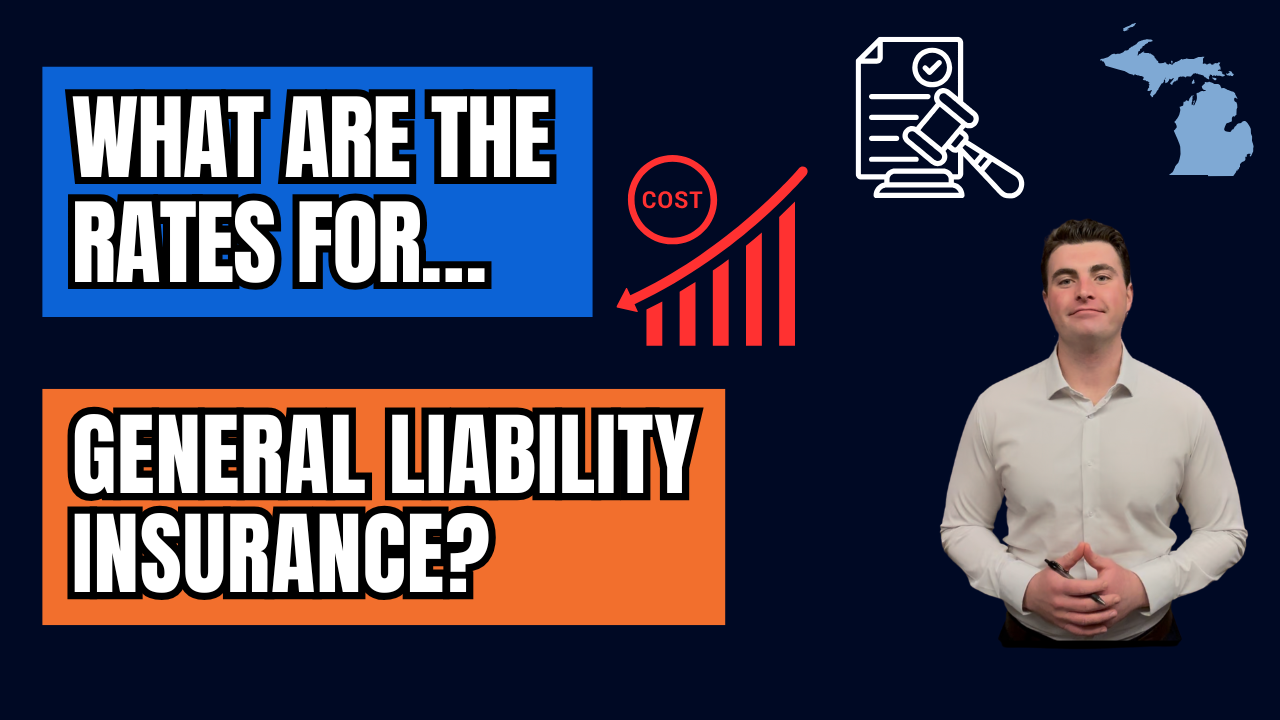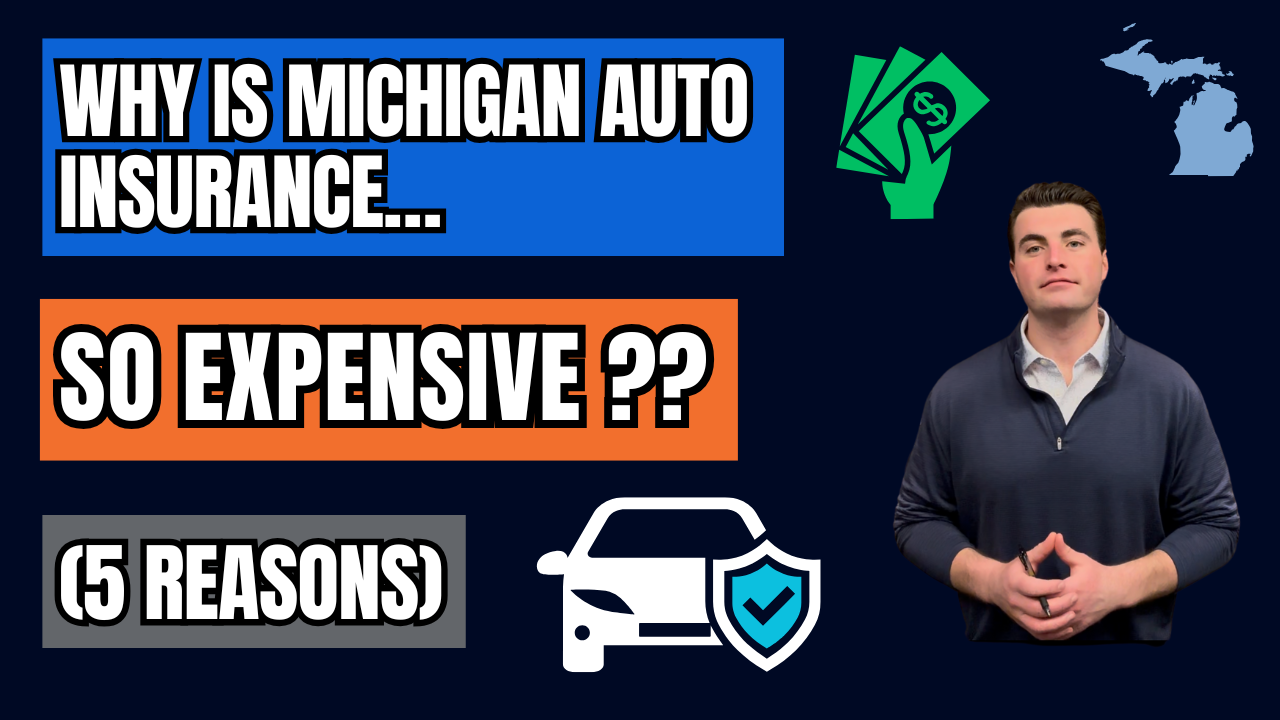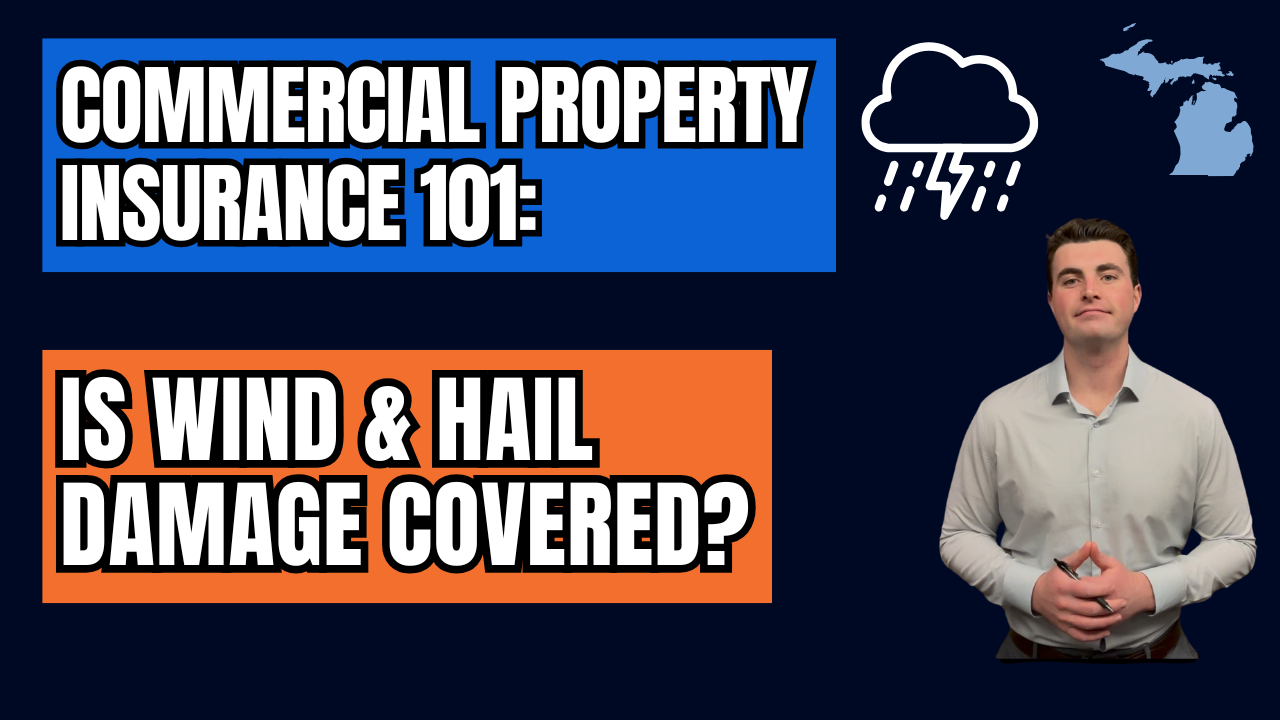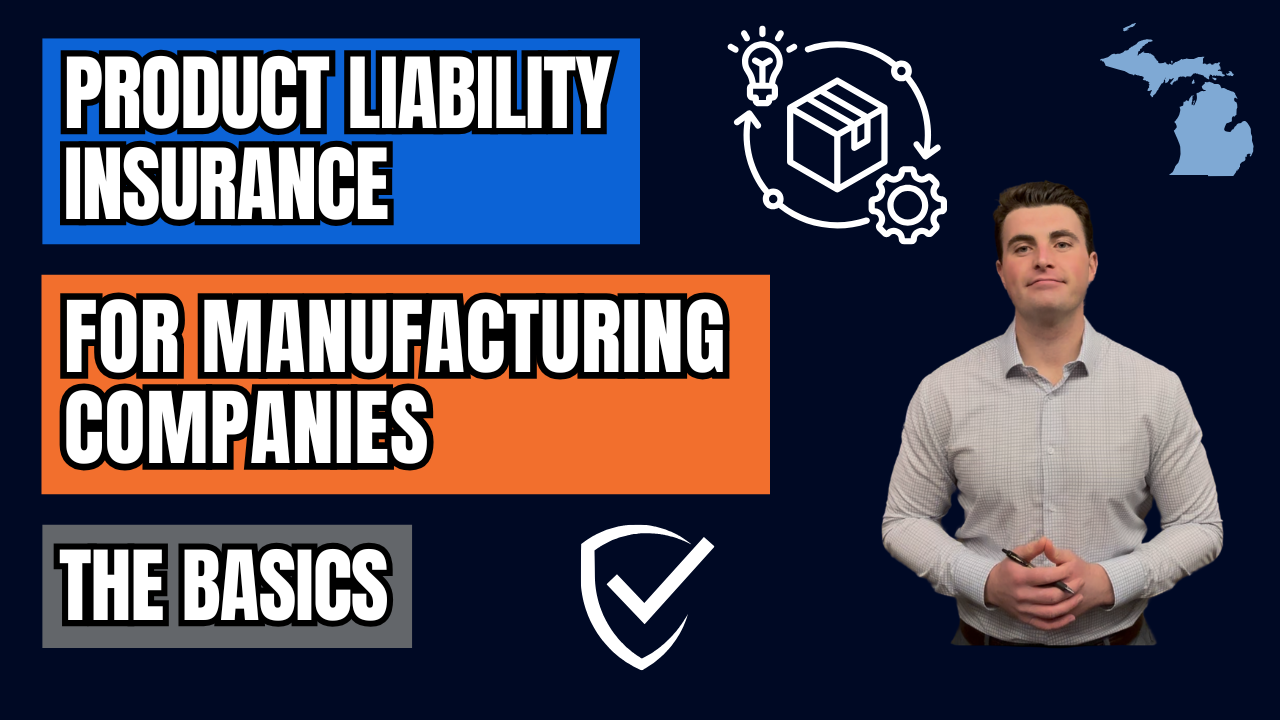What Is The Average Cost Of Homeowners Insurance In Michigan? (2024 & 2025)
What Is The Average Cost Of Homeowners Insurance In Michigan? (2024 & 2025)
If you’re a homeowner or planning to buy a home in Michigan, one of the key recurring expenses you’ll need to budget for is homeowners insurance. But how much should you expect to pay—especially going into 2024 and 2025? In this post, we’ll dive into the latest average costs in Michigan, what drives those premiums, and practical strategies you can use to reduce your rate.
Let’s get into it.
1. What’s the Average Cost of Homeowners Insurance in Michigan?
- According to NerdWallet, the average Michigan homeowner pays about $2,095 per year for a policy with $300,000 dwelling coverage, a $1,000 deductible, and no recent claims. NerdWallet
- Other sources align: Policygenius cites an average of $1,422/year as of 2023, though noting that rates have been increasing. Policygenius
- MoneyGeek reports that Michigan homeowners currently pay about $2,199/year on average (≈ $183/month) under typical coverage conditions. MoneyGeek.com
- Michigan’s own state homeowners insurance consumer guide confirms that while rates vary, insurers must apply underwriting rules uniformly within Michigan. Michigan
Because these figures come from different methodologies, your actual premium may differ—sometimes significantly.
A notable data point: A study covering Detroit found that the average Detroit homeowner pays $2,327 annually, while the broader Michigan average was reported at $1,422 in that same study. Michigan News
Bottom line: A safe ballpark for 2024–2025 is somewhere between $1,800–$3,000 per year, depending heavily on your home, location, coverage, and risk factors.
2. Why Costs Vary So Much: Key Factors that Drive Your Premium
Insurance underwriting is complex. Below are the major levers insurers use to set your rate:
a) Replacement Cost of the Home
Your premium is calculated using the replacement cost—i.e. how much it would cost to rebuild your home from scratch, using current labor and material costs—not the market value or purchase price. Because construction and material costs fluctuate, replacement cost can sometimes exceed what the home is worth on the real estate market.
b) Location & Regional Risks
- Homes in ZIP codes or neighborhoods with higher crime rates or vandalism risk often pay more.
- Areas prone to severe weather, including windstorms, hail, flooding, or ice damage, raise risk and thus rate.
- Proximity to services matters: being closer to a fire station or hydrant usually helps; being far away or in rural zones may increase cost.
- Some Michigan areas with flooding or lake effects may require extra coverage (or separate flood insurance).
c) Coverage Choices & Policy Options
- Deductible size: Raising your deductible (say, from $1,000 to $2,500) can reduce your premium—insurers often offer 8–15%+ savings for higher deductibles.
- Optional add-ons: Additional coverages like water backup, umbrella liability, jewelry/fine arts riders, and identity theft can add to cost.
- Coverage limits: Higher dwelling, liability, or contents limits naturally increase your premium.
- Replacement cost vs. actual cash value (ACV): Replacement cost gives fuller protection, but ACV options might lower initial premiums (though with tradeoffs).
d) Personal Risk Factors
- Claims history: Past claims—especially recent ones—signal higher risk and may raise premiums.
- Credit / insurance score: Many insurers use credit-based underwriting (where allowed) as a proxy for risk.
- Home age, materials, and condition: Older homes or homes with outdated systems (electrical, plumbing, roof) may cost more to insure.
- Roof type: Durable, modern roof materials or newer roofs often reduce cost; roofs nearing end-of-life or of vulnerable materials (wood shakes, for example) may raise it.
e) Discounts & Rate Reductions
Insurers often offer discounts that can meaningfully lower premiums if you qualify. Common ones include:
- Bundling home + auto (or other policies)
- Security systems, deadbolts, alarms, cameras
- Claim-free / loyalty / multi-year discounts
- Upgrades (roof replacement, storm resistant windows)
- Protective devices (sprinkler, monitored alarms)
3. Trend & Rate Pressure: Why Michigan Rates Are Rising
It’s not just you—home insurance costs are going up across many states, including Michigan. Some reasons:
- Increasing construction costs & inflation raise rebuild expenses.
- More frequent and severe weather events (storms, hail, flooding) push insurers to raise rates to maintain margin.
- Underpriced policies catching up: Insurers sometimes “catch up” rates in regions where prior premiums hadn’t kept pace with risk.
- State-level and regulatory pressure: Insurers in Michigan must apply uniform underwriting rules, but they still can adjust rates over time within regulatory frameworks. Michigan
- Insurify projected that Michigan’s average rate could increase by 14% in 2024, leading to an estimated rate near $2,095. MarketWatch+1
So even if your home hasn’t changed, your renewal premium may rise.
4. Sample Premium Scenarios
Here are a few examples that show how much homeowners insurance in Michigan can vary depending on the details of your home, location, and coverage choices:
- Standard suburban Michigan home (mid-risk): A typical home with about $300,000 in dwelling coverage and a $1,000 deductible, located in an average-risk ZIP code, might cost around $2,000 to $2,200 per year.
- Older home in a higher-risk area: If the home is older, has an aging roof, or is located in an area with a higher rate of claims or theft, you might see premiums around $2,500 or more annually.
- Newer home in a low-risk area: A newer home with updated systems, located in a low-crime area, and insured with a higher deductible (like $2,500) could cost closer to $1,500 to $1,800 per year.
- Homes near lakes or flood-prone areas: Properties that need separate flood insurance or additional riders for coastal or lake exposure often see total premiums between $2,500 and $3,200 or higher once those extra coverages are included.
These examples are for general illustration only — your actual rate will depend on the replacement cost of your home, your coverage selections, and your insurer’s underwriting guidelines.
5. How to Estimate Your Cost
To get a more precise estimate for your home:
- Determine or get a professional estimate for your home’s replacement cost.
- Identify your ZIP code and any known risk factors (flood zone, crime, weather exposures).
- Decide on your preferred deductible and coverage limits (dwelling, liability, contents).
- Request a few quotes from different insurers using the same coverage assumptions.
- Ask about all available discounts (bundling, security, upgrades, claims-free).
- Review your roof, plumbing, electrical, and structural condition—upgrades may reduce future premiums.
6. Tips & Strategies to Save on Your Premium
Here are some proven ways homeowners often reduce their insurance cost:
- Raise your deductible—as long as you can comfortably cover it if there’s a claim.
- Bundle policies (home + auto) with the same insurer.
- Improve home security & safety: alarms, cameras, smoke detectors, deadbolts.
- Upgrade/maintain key systems: newer roofs, updated electrical/plumbing, reinforced windows.
- Stay claim-free when possible—minimize small claims that may raise your rate.
- Shop / compare with an independent agent.
- Ask about credits or discounts: ask insurers specifically what discounts they offer.
- Avoid lapses in coverage—continuous coverage often helps pricing.
Conclusion & Call to Action
When it comes to homeowners insurance in Michigan in 2024–2025, there’s no one-size-fits-all answer. A reasonable estimate for many homeowners is in the $1,800–$3,000 per year range, though your actual premium can be higher or lower based on your home, location, coverage choices, and risk profile.
If you'd like help estimating your specific rate or comparing quotes, let me know—I’d be happy to assist you in running sample scenarios or identifying top insurance companies in your area.
Contact Us
We will get back to you as soon as possible.
Please try again later.
